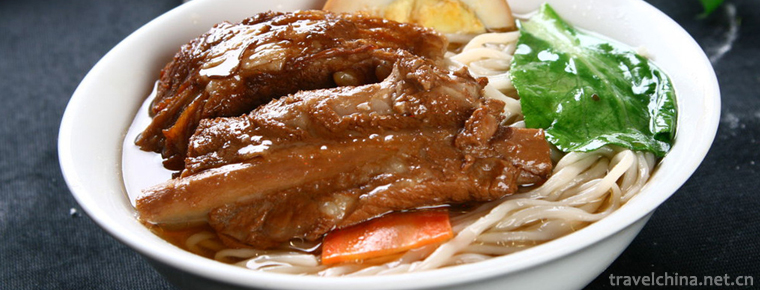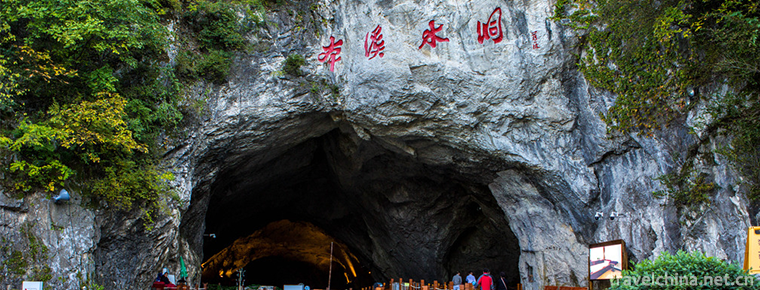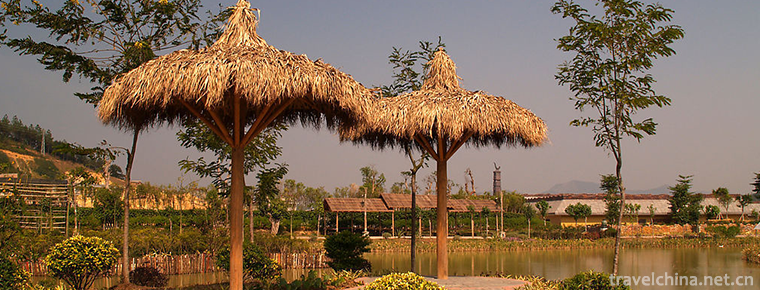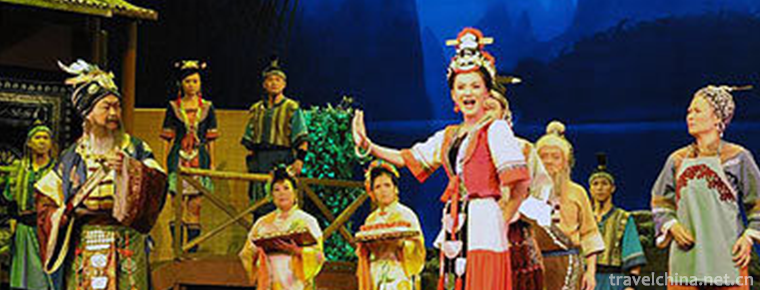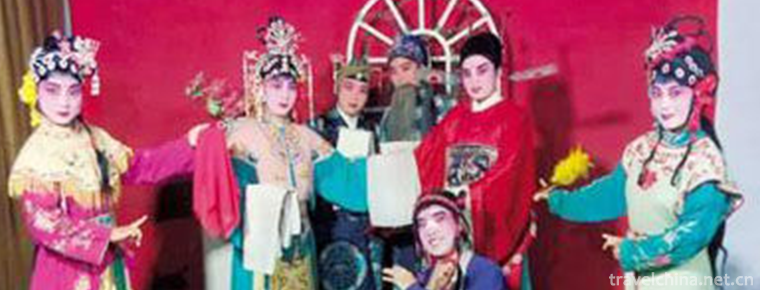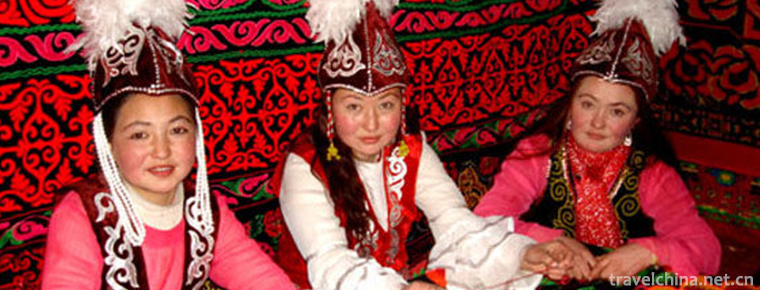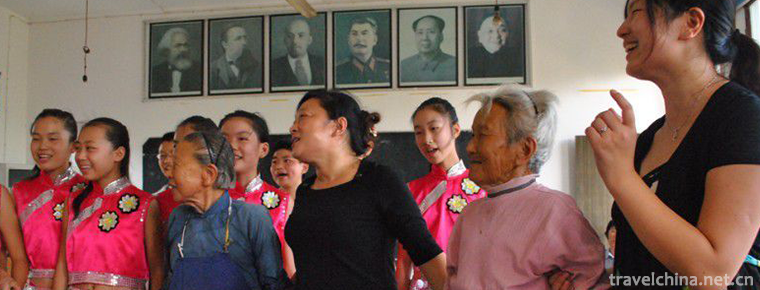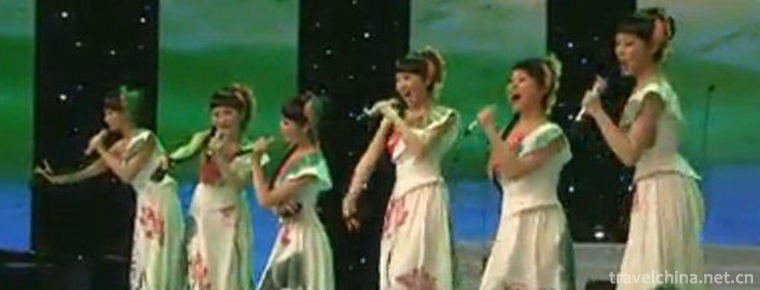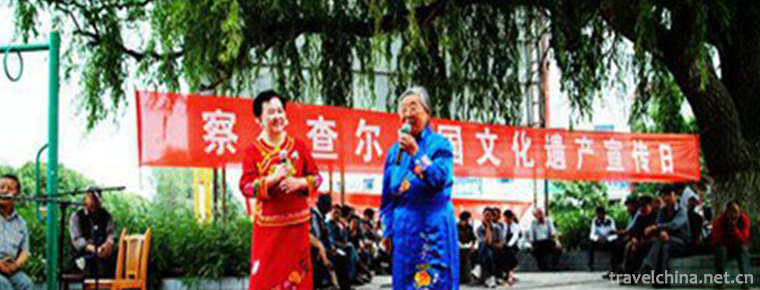Daming Palace Site in Changan City of Tang Dynasty
Daming Palace Site in Changan City of Tang Dynasty
Daming Palace Site is located in Taihua South Road, Xi'an City, Shaanxi Province. It was destroyed in Binggong at the end of Tang Dynasty.
Daming Palace is the main hall of the Tang Dynasty, the center of the Tang Empire's decrees for more than 200 years, and the largest and most magnificent architectural complex in the "Three Great Neighbors" (Taiji Palace, Daming Palace and Xingqing Palace) of Chang'an City in the Tang Dynasty, known as "Dongnei". Located in the north of Chang'an City, Longshou Plain was built in the eighth year of Emperor Taizong's Zhenguan (634), formerly known as Yongan Palace. Since Gaozong of Tang Dynasty, there have been 17 emperors of Tang Dynasty dealing with the dynasty's affairs here, which lasted for more than 200 years.
The Daming Palace site is slightly trapezoidal, covering an area of about 3.2 square kilometers. The palace wall is 7.6 kilometers in circumference. There are 11 doors on all sides. There are more than 40 sites such as palaces, terraces and pavilions that have been proved. The southern part of the Daming Palace is the former dynasty. From south to north, it consists of Hanyuan Palace, Xuanzheng Palace and Zichen Palace. The inner palace center in the north is Taiyechi.
On March 4, 1961, the Daming Palace site was announced by the State Council as the first batch of national key cultural relics protection units . On June 22, 2014, at the 38th UNESCO World Heritage Committee meeting in Doha, Qatar, the Daming Palace site of Tang Chang'an City was successfully listed on the World Heritage List as a site of the Silk Road: Road Network of Chang'an-Tianshan Corridor, which was jointly applied for by China, Kazakhstan and Kyrgyzstan. On October 11, 2018, it was selected as the "National Practical Education Base for Primary and Secondary School Students".
Historical evolution
Daming Palace was built in the eighth year of Zhenguan (634) of Taizong in Tang Dynasty. Originally known as Yongan Palace, it was built by Li Shimin of Taizong in Tang Dynasty for Emperor Li Yuan's summer resort. The project was not finished. Li Yuan died of illness in the ninth year of Zhenguan (635), and the construction project stopped.
After Tang Gaozong succeeded, he believed that the Taiji Palace was too wet. In the second year of Longshuo (662), the Daming Palace was extensively built, renamed Penglai Palace, and then moved to live. Later emperors of the Tang Dynasty mostly slept here, serving as the ruling center of the Tang Empire for more than 200 years.
In the first year of Xianheng (670), it was renamed Hanyuanggong again. Shenlong first year (705), renamed Daming Palace.
In December of the first year of Guangming Dynasty (880), Huang Chao led the peasant army to invade Chang'an, mounted the Hanyuan Palace of Daming Palace and held the inauguration ceremony, then declared the national name "Daqi" in the city building of Danfeng Gate.
Tang Zhaozong was restored in the first year of Guanghua (898).
In the first year of Tianyou, Emperor Aidi of Tang Dynasty (904), the Daming Palace was finally destroyed and reduced to ruins.
From 1957 to 1962, the Institute of Archaeology of the Chinese Academy of Sciences conducted an archaeological survey and excavation of the site.
From 1980 to 1984, the Archaeological Research Institute of the Chinese Academy of Sciences carried out a key excavation to preliminarily clarify and restore the Daming Palace site.
In 2003, the protection project of Hanyuan Temple site, implemented by UNESCO, China and Japan, was completed in an all-round way.
In 2004, the cultural relics exhibition hall and the brick kiln site protection hall were built one after another with the free cultural assistance of the Japanese government. The exhibition hall displayed the cultural relics unearthed from the Daming Palace site.
In October 2006, the large-scale cultural performance of "Humanistic Olympics Grand Ceremony Xi'an" was held at the site of Hanyuan Palace, which opened the prelude to the protection and exhibition of the Daming Palace site.
On July 17, 2007, Qujiang Special Session of Hong Kong-Xi'an Investment Promotion Conference was successfully held in Hong Kong.
On October 28, 2007, the International Competition for Conceptual Design of Xi'an Tang Daming Palace Heritage Preservation Demonstration Park and National Heritage Park opened, with 29 well-known design organizations participating.
On January 24, 2008, the "Xi'an Tang Daming Palace Demonstration Park and International Competition for Conceptual Design of National Heritage Park" was held in Xi'an, jointly organized by Xi'an Municipal Bureau of Cultural Relics and Xi'an Qujiang Daming Palace Heritage Protection and Reconstruction Office. Jorah Sola (ICOMOS Treasurer), Luo Zhewen, Zhang Jinqiu, Guo Jun, Anjiayao and other 10 masters of cultural relics protection and architectural planning at home and abroad reviewed the participating scheme, and finally decided to take the winning scheme of Australian IAPA Design Consulting Co., Ltd. as the implementation scheme, and the company was responsible for the deepening of the overall conceptual scheme and the detailed planning of the park. 。
On March 29, 2008, the Danfengmen Site Protection and Exhibition Project started construction, marking the full start of the construction of the Daming Palace National Heritage Park.
On January 20, 2010, the main body of Danfengmen Site Preservation and Exhibition Project was completed, becoming another landmark building in Xi'an.
On September 9, 2009, the epic documentary "Daming Palace" premiered at the United Nations Headquarters, pioneering the premiere of Chinese films in the United Nations.
On March 31, 2010, the Ming Palace of the Shanghai World Expo was officially completed as the only selected case of site protection.
On June 22, 2014, at the 38th session of UNESCO World Heritage Committee held in Doha, Qatar, the Daming Palace site of Tang Chang'an City was successfully listed on the World Heritage List as a site of the "Silk Road: Road Network of Chang'an-Tianshan Corridor" jointly applied for by China, Kazakhstan and Kyrgyzstan.
Tourism information
geographical position
Weiyang District, Xi'an City, Shaanxi Province
Opening Hours
Year-round opening 09:30-18:00
Tickets: 60.00 yuan; Package tickets: 90.00 yuan (including scenic spot tickets, film tickets, ferry battery tickets)
Ticket information
Adult tickets: $60
Children's tickets: height 1.2m-1.4m, 30 yuan for children's tickets, no tickets below 1.2m (accompanied by adults)
Preferential tickets: 30 yuan (65-69 years old old old people buy tickets with ID card, other such as active service officer certificate, teacher certificate without discount)
Package ticket: 90.00 yuan (including scenic spot ticket, film ticket, ferry battery ticket)
traffic
transit
South Gate of Scenic Area - Danfengmen Station of Daming Palace (Recommended): 2 Road, 262 Road, 528 Road, 717 Road, 723 Road
East Gate (along Taihua Road) - Dahua 1935 Station: 2 Road, 17 Road, 22 Road, 104 Road, 209 Road, 216 Road, 263 Road, 309 Road, 517 Road, 703 Road, 707 Road, 801 Road, 913 Road;
Daming Palace National Heritage Park Station: 2 Road, 17 Road, 22 Road, 46 Road, 104 Road, 209 Road, 216 Road, 263 Road, 309 Road, 409 Road, 517 Road, 703 Road, 801 Road, 913 Road;
Daming Palace National Heritage Park Hanyuan Temple Station: 2, 17, 22, 104, 209, 216, 263, 309, 409, 517, 703, 801, 913;
Taiyuan Road Station: 2 Road, 17 Road, 22 Road, 104 Road, 209 Road, 216 Road, 227 Road, 263 Road, 309 Road, 409 Road, 517 Road, 703 Road, 801 Road
Subway: After taking Xi'an Metro Line 2 to Da'an Yuanmen Station, you can take a bus to Daming Palace Danfengmen Station at Beiguan Station.
Self-driving: There are many parking lots along Taihua Road Park and Xuanwumen Park North Gate, which are convenient for Self-driving Tourists to park


-
Pork ribs Noodles
Pork ribs Noodles are a traditional pasta, especially in Cantonese cuisine.
Views: 187 Time 2018-10-12 -
The Beijing Palace Museum
The Beijing Palace Museum was established on October 10, 1925, and is located in the Forbidden City of the Beijing Palace Museum. Based on the palaces of Ming and Qing dynasties.
Views: 197 Time 2018-11-24 -
Benxi Water Tunnel Scenic Area
Benxi Water Cave, National AAAAA Class Tourist Scenic Spot, National Key Scenic Spot and Asian Member Unit of International Tourist Cave Association.
Views: 190 Time 2018-12-04 -
Senbora Resort Forest Scenic Area
Senbora, a landscape world in ancient forests, a paradise of pleasure water under glacial ruins, a national 4A-class tourist attraction, is located at the exit of Fogang Expressway in Fogang County.
Views: 187 Time 2019-02-07 -
Yangtze River Source of Tuotuo River
Tuotuo River: Located in Tanggula Mountain Town, Southern Region of Golmud City, Qinghai Province, it is the West source of the Yangtze River, south of the Hoh Xili Mountains. .
Views: 212 Time 2019-02-22 -
Tone tune
Colour tune, commonly known as tune, colour tune, colour lantern, Na Hao Hey and so on, is one of the local operas in Guangxi. It belongs to the system of Lantern opera.
Views: 395 Time 2019-04-04 -
Haha Opera
Haha Opera, also known as Liuzi Opera and Drinking Opera, is a local opera originated from the folk in Hebei Province. It is the first national intangible cultural heritage.
Views: 209 Time 2019-05-02 -
Kirgiz embroidery
Kirgiz embroidery is a traditional embroidery in Wensu County, Xinjiang Uygur Autonomous Region, China. Kirgiz women are good at embroidery. They embroider various delicate patterns on headscarves, pi.
Views: 279 Time 2019-05-09 -
Mashan folk songs
Mashan Folk Song is a traditional folk song form which is popular in the area of Mashan Town, Jingzhou District, Jingzhou City, Hubei Province. One of China's national intangible cultural heritage lis.
Views: 333 Time 2019-05-15 -
Qianjiang Folk Songs
Qianjiang folk song is a traditional folk song in Hubei Province. Popular in Qianjiang City, folk songs created by local working people in their work, life and customs. Its rich content,.
Views: 293 Time 2019-06-10 -
Xibo Folk Songs
Xibo folk song is an important kind of traditional music culture of Xibo nationality, which is widely spread among the Xibo people in Chabchal Xibo Autonomous County and Xinjiang. Folk songs are an im.
Views: 133 Time 2019-07-01 -
Beijing Union University
Beijing Union University was founded in 1985 by the Ministry of education. It is a comprehensive university in Beijing. Its predecessor was the 36 University branches in Beijing in 1978. After more th.
Views: 159 Time 2019-09-06
